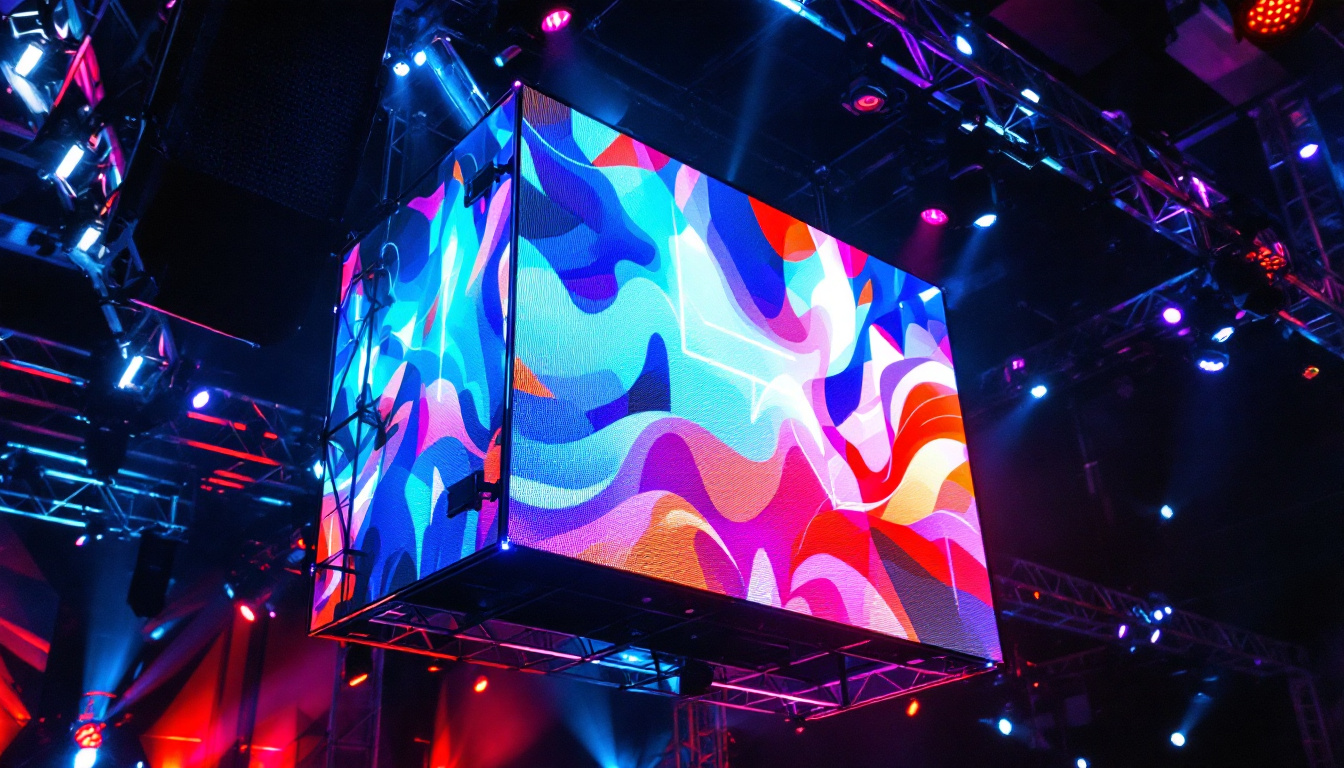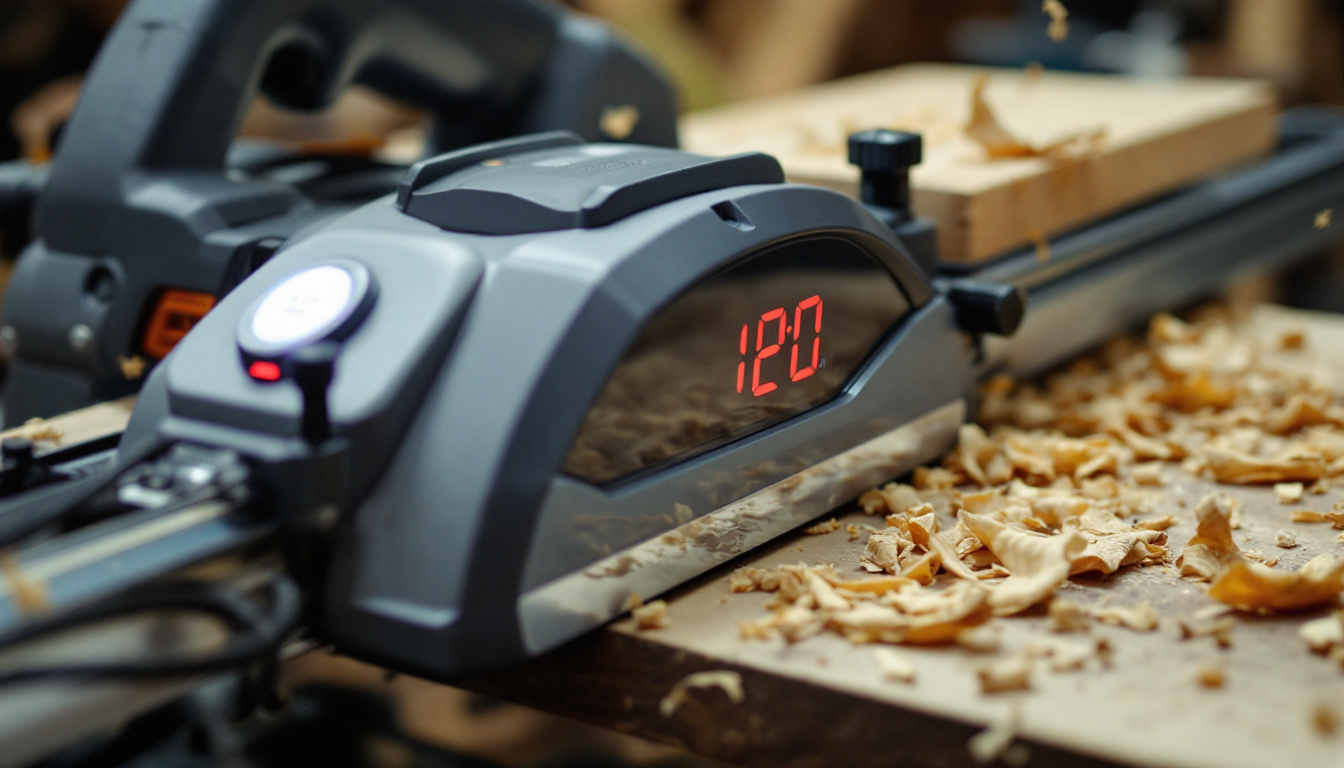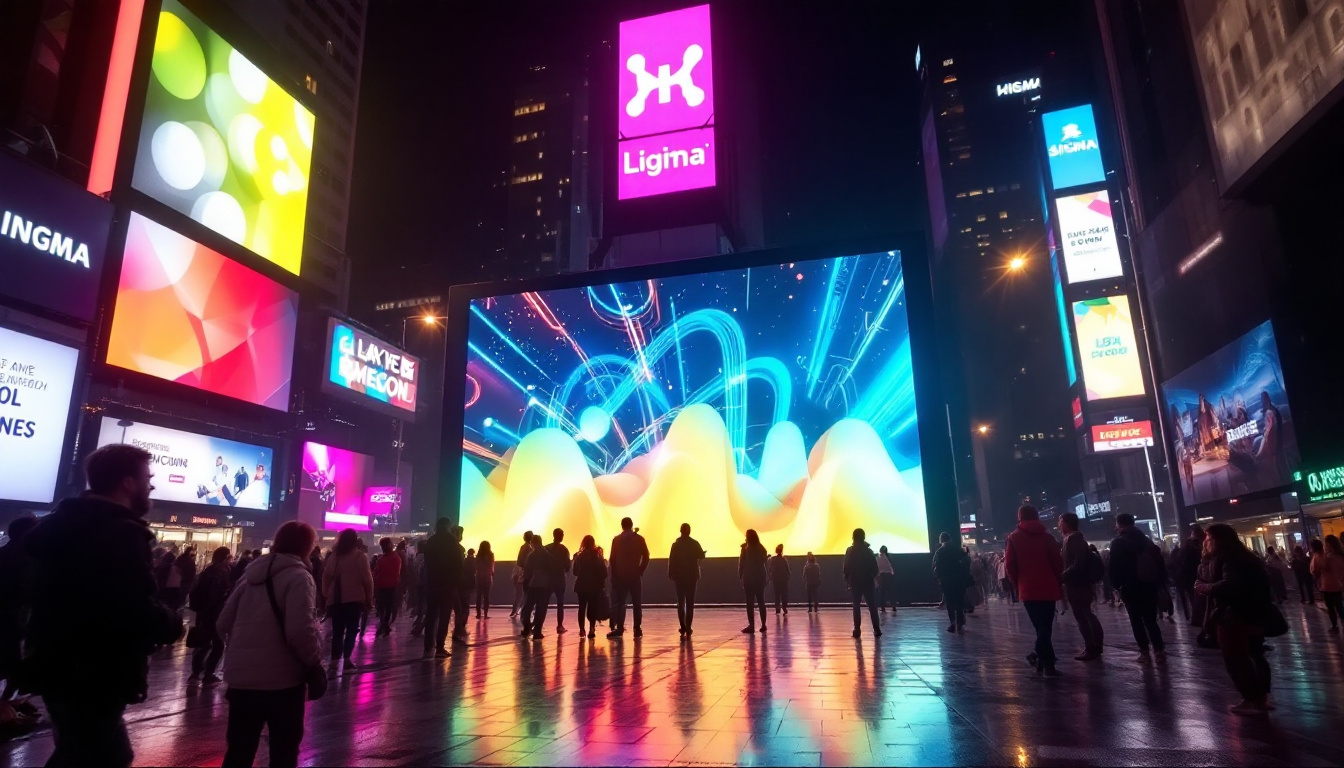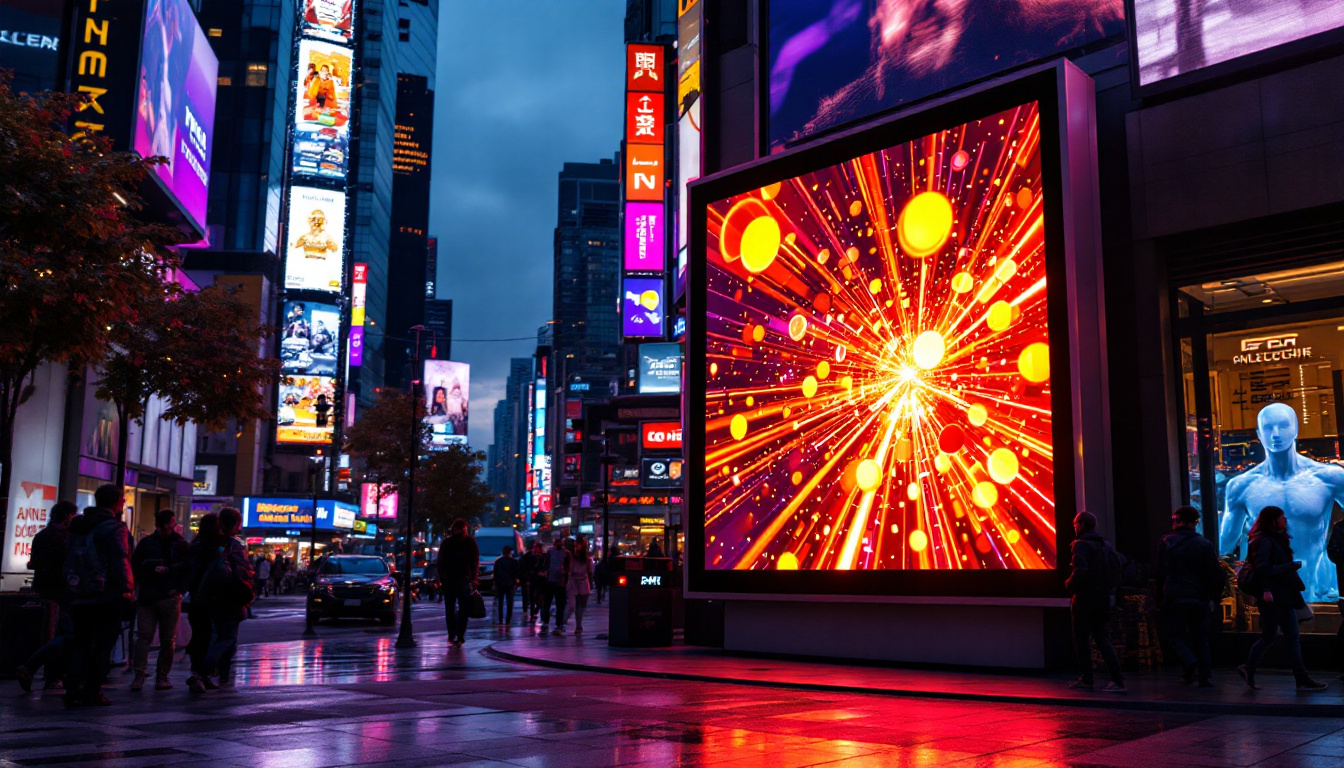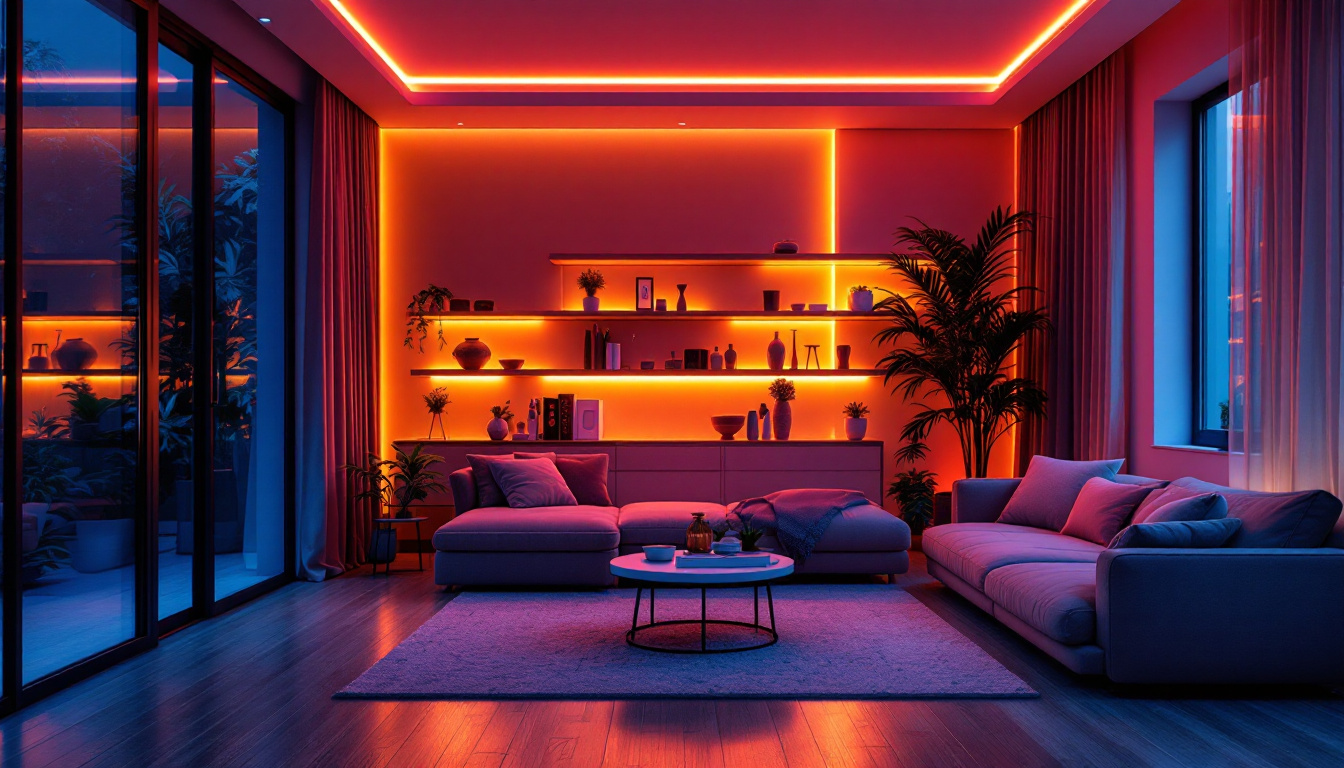In the world of modern events and presentations, LED displays have become a staple for conveying information and engaging audiences. Among the various components that contribute to the functionality and aesthetics of these displays, the truss base plays a pivotal role. This article delves into the intricacies of truss bases for LED displays, exploring their design, functionality, and importance in various applications.
Understanding Truss Bases
A truss base is a structural framework that provides support for LED displays, ensuring stability and safety during use. These bases are typically made from lightweight yet durable materials such as aluminum, allowing for easy transport and setup. The design of a truss base can vary significantly based on the specific requirements of the event or installation.
Types of Truss Bases
There are several types of truss bases utilized in the industry, each tailored to meet different needs. The most common types include:
- Square Truss Bases: These offer a stable platform for smaller displays and are often used in indoor settings.
- Triangular Truss Bases: Known for their strength and rigidity, triangular bases are ideal for larger displays and outdoor events.
- Custom Truss Bases: Many companies provide custom solutions to meet specific requirements, allowing for unique designs and configurations.
Choosing the right type of truss base is crucial, as it directly impacts the overall performance and safety of the LED display. event planners and technicians should consider factors such as the weight of the display, the venue’s layout, and the anticipated audience size when selecting a truss base. Additionally, understanding the environmental conditions, such as wind resistance for outdoor events, is essential to ensure that the chosen truss base can withstand such challenges without compromising safety.
Materials and Construction
The materials used in constructing truss bases are fundamental to their effectiveness. Aluminum is the most common choice due to its lightweight nature and resistance to corrosion. This makes aluminum truss bases easy to transport and set up, while also ensuring longevity in various environmental conditions.
In addition to aluminum, some truss bases may incorporate steel components for added strength. This is particularly important for larger displays or installations that require additional support. The construction process typically involves welding or bolting sections together, ensuring a robust structure that can withstand the weight of the LED display and any environmental factors. Furthermore, the surface finish of these materials can also play a significant role in their performance; powder coating, for instance, not only enhances aesthetic appeal but also provides an extra layer of protection against wear and tear, extending the lifespan of the truss base.
Moreover, advancements in technology have led to the development of hybrid materials that combine the lightweight properties of aluminum with the strength of steel. These innovations allow for even more versatile designs, enabling truss bases to be tailored for specific applications, whether it be for a high-energy concert or a corporate presentation. The ability to customize truss bases with integrated lighting or branding elements also opens up new possibilities for creative event setups, making them not just functional but also visually appealing.
The Importance of Truss Bases in LED Displays
Truss bases are not merely aesthetic components; they serve several critical functions that enhance the overall effectiveness of LED displays. Understanding these functions can help event organizers make informed decisions when planning their setups.
Stability and Safety
One of the primary roles of a truss base is to provide stability. An unstable display can pose significant risks, including tipping over or collapsing. A well-designed truss base distributes the weight of the LED display evenly, minimizing the risk of accidents. This is particularly crucial in crowded environments where safety is a top priority.
Moreover, many truss bases come equipped with safety features such as locking mechanisms and weight distribution systems. These features further enhance stability, ensuring that the display remains secure throughout the event.
Versatility and Adaptability
Truss bases are known for their versatility. They can be configured in various ways to accommodate different display sizes and shapes, making them suitable for a wide range of applications. Whether it’s a corporate event, a concert, or a trade show, truss bases can be adapted to meet the specific needs of the occasion.
This adaptability extends to the ability to create multi-level displays. By using multiple truss bases, event organizers can design visually striking setups that capture audience attention and enhance the overall experience.
Installation and Setup
Setting up a truss base for an LED display requires careful planning and execution. Proper installation ensures that the display functions optimally and remains safe throughout the event.
Planning the Setup
Before installation begins, it is essential to plan the layout. This involves determining the location of the truss base, the orientation of the LED display, and the necessary power sources. Event planners should also consider the audience’s viewing angles to ensure optimal visibility.
Additionally, it is advisable to conduct a site survey to identify any potential obstacles or hazards that may affect the setup. This proactive approach can help prevent issues during installation and ensure a smooth process.
Installation Process
The installation process typically involves several key steps:
- Assemble the Truss Base: Begin by assembling the truss base according to the manufacturer’s instructions. This may involve connecting different sections and securing them with bolts or clamps.
- Position the Base: Once assembled, position the truss base in the designated area. Ensure that it is level and stable before proceeding.
- Attach the LED Display: Carefully attach the LED display to the truss base, following the manufacturer’s guidelines. Ensure that all connections are secure and that the display is properly aligned.
- Test the Setup: Before the event begins, conduct a thorough test of the setup. Check for stability, power connections, and display functionality.
Following these steps can significantly reduce the likelihood of issues during the event, allowing for a seamless experience for both organizers and attendees.
Maintenance and Care
Proper maintenance of truss bases is essential to ensure their longevity and effectiveness. Regular care can prevent potential issues and enhance the overall performance of LED displays.
Routine Inspections
Conducting routine inspections is vital for identifying any wear and tear on truss bases. Event organizers should regularly check for signs of damage, such as bent or cracked components. Additionally, ensure that all connections are secure and that safety features are functioning correctly.
It is advisable to keep a maintenance log that records inspections and any repairs made. This not only helps in tracking the condition of the truss base but also assists in future planning and setup.
Cleaning and Storage
Cleaning truss bases after each use is essential to prevent corrosion and ensure optimal performance. Use mild soap and water to clean the surfaces, avoiding harsh chemicals that may damage the finish. After cleaning, ensure that the truss base is completely dry before storing it.
When storing truss bases, it is crucial to keep them in a dry, cool environment to prevent rust and deterioration. Proper storage techniques can extend the lifespan of the truss base, making it a worthwhile investment for future events.
Applications of Truss Bases in Events
Truss bases are utilized in a variety of events, showcasing their versatility and importance in the industry. From concerts to corporate gatherings, these bases play a crucial role in enhancing the overall experience.
Concerts and Festivals
In the music industry, truss bases are often used to support large LED displays that showcase visuals and information during performances. Their ability to create multi-level setups allows for dynamic stage designs that captivate audiences. Additionally, the stability provided by truss bases ensures that displays remain secure, even in high-energy environments.
Corporate Events and Trade Shows
For corporate events, truss bases serve as a foundation for branding and messaging. LED displays mounted on truss bases can effectively communicate key information to attendees, enhancing engagement and interaction. In trade shows, these setups can attract potential clients and create a professional image for exhibitors.
Sporting Events
Truss bases are also commonly used in sporting events, where they support large video screens that display live feeds, scores, and advertisements. The ability to configure truss bases for optimal viewing angles ensures that spectators have a clear line of sight, enhancing their overall experience.
Future Trends in Truss Base Design
The industry is continually evolving, and advancements in technology are influencing the design and functionality of truss bases for LED displays. Understanding these trends can help event planners stay ahead of the curve.
Lightweight Materials
As technology advances, the development of even lighter materials for truss bases is on the horizon. These materials will not only reduce transportation costs but also simplify the setup process. Innovations in composite materials may lead to stronger yet lighter designs, enhancing overall performance.
Smart Truss Systems
Future truss bases may incorporate smart technology, allowing for real-time monitoring of stability and safety. Sensors could detect any shifts in weight distribution or structural integrity, alerting technicians to potential issues before they become significant problems. This proactive approach could revolutionize the industry, enhancing safety and efficiency.
Conclusion
Truss bases are an integral component of LED displays, providing the necessary support and stability for various applications. Their versatility, safety features, and adaptability make them essential for event planners and technicians alike. As the industry continues to evolve, advancements in materials and technology will further enhance the functionality of truss bases, paving the way for more innovative and engaging displays.
By understanding the importance of truss bases and investing in quality designs, event organizers can create memorable experiences that captivate audiences and elevate their events to new heights.
Explore Cutting-Edge Truss Base LED Displays with LumenMatrix
Ready to elevate your next event with unparalleled stability and visual appeal? Discover LumenMatrix’s innovative LED display solutions, where state-of-the-art technology meets creative design. From captivating Indoor LED Walls to dynamic Outdoor LED Displays and beyond, LumenMatrix offers a diverse range of options tailored to your unique needs. Experience the future of visual communication with our advanced LED Sports Displays, interactive Floor LED Displays, and the sleek, versatile All-in-One LED Displays. Don’t just share your message—make a lasting impression with clarity and impact. Check out LumenMatrix LED Display Solutions today and transform your visual storytelling.

